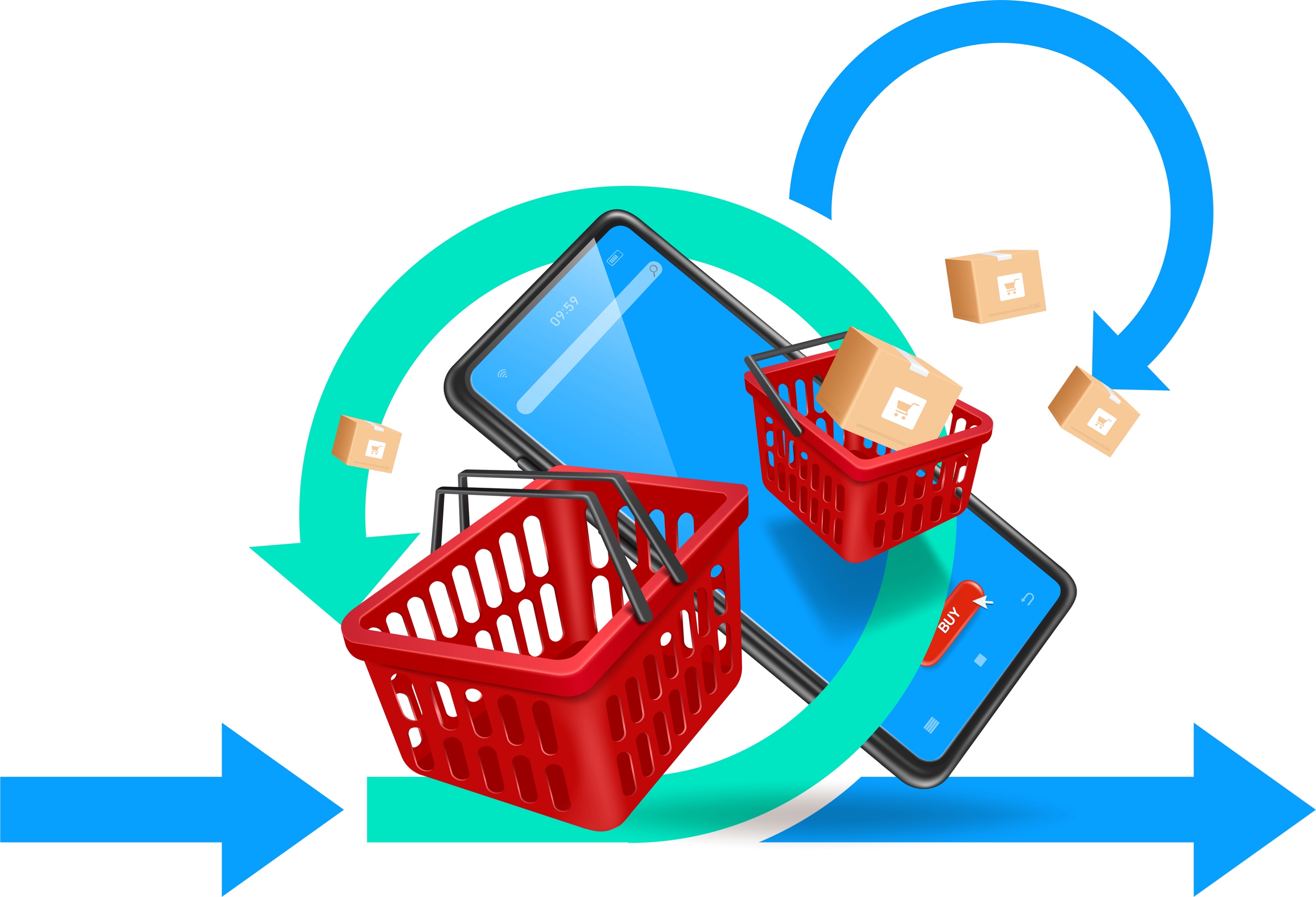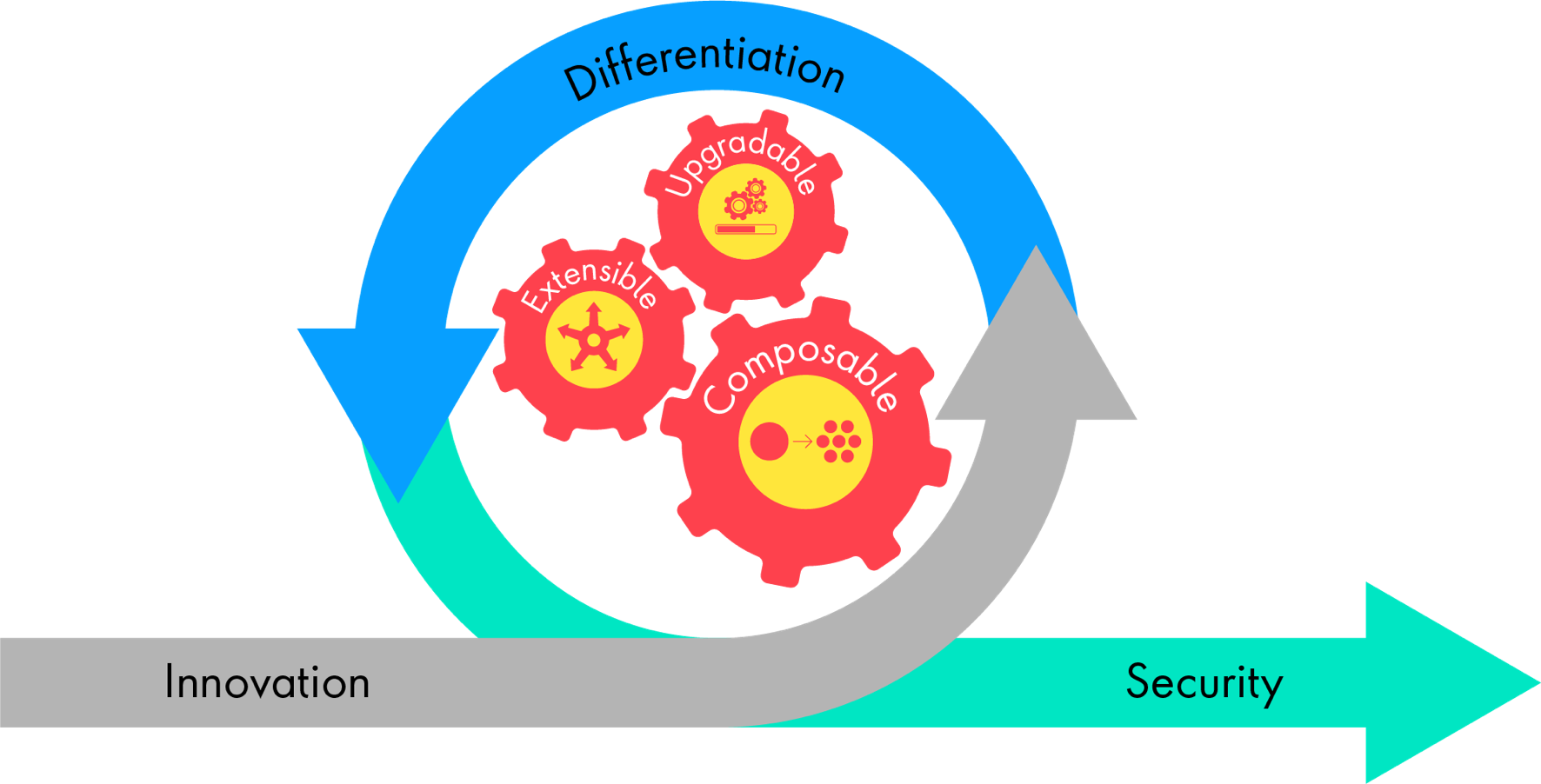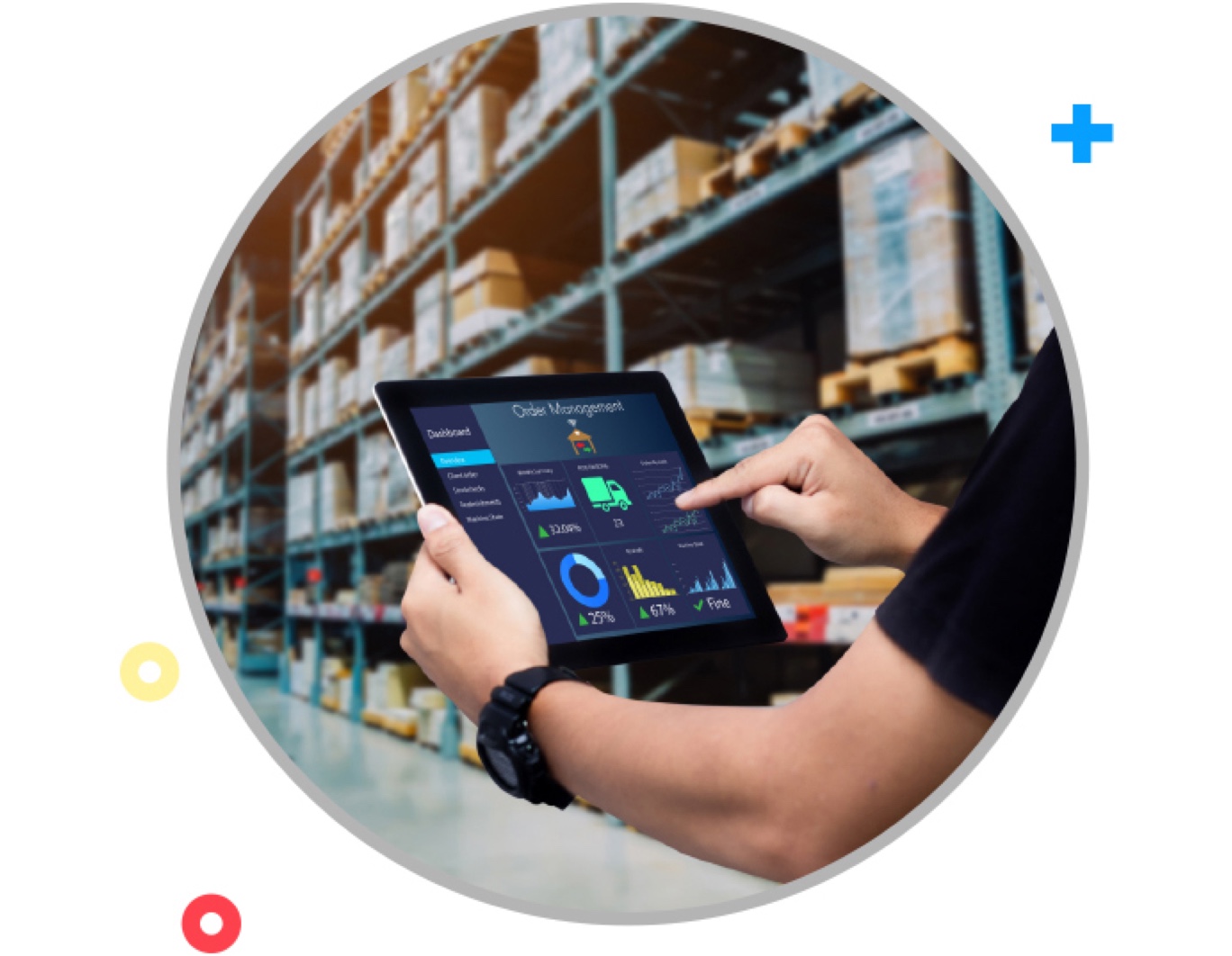What issue can we solve for you?
Type in your prompt above or try one of these suggestions
Suggested Prompt



Insight
Enabling Agility in Order Management
Enabling Agility in Order Management
Retailers face a variety of challenges as they strive to deliver an exceptional customer experience in a world of increasingly demanding expectations and constantly evolving supply chain complexity. Order management solutions touch almost every aspect of the customer experience and are therefore a critical tool to help retailers meet customer expectations and manage complexity.
To thrive in this landscape, retailers must adopt agile practices that allow them to execute their vision and quickly react to changes in market conditions.
Three factors to enable agility
Extensibility, upgradability and composability are three key factors that will enable a retailer to deliver the exceptional experience that customers demand.

1. Extensibility
Extensibility is the ability of a platform to expand the capabilities that are built into a product to tailor them to the specific needs of a business. At their core, many retailers have a set of similar processes common to the business of providing goods and services to customers. Extensibility allows them to customize their solutions to meet the technical and functional needs of their business and offer a differentiated experience for their customers.
For example, an IBM Sterling Order Management customer created a solution tailored to the unique customer, user and processing requirements of their rental business model. Rather than build from scratch or contort processes to fit standard order management system (OMS) capabilities, this customer extended the standard order lifecycle to accurately model their processes and extended existing user interfaces to quickly adapt the screens to their store associates’ needs.
Another retailer created a tailored endless aisle experience by extending Sterling OMS application layer interfaces (APIs) to work with their existing point of sale (POS) system. Rather than introducing a new user interface, this business took advantage of the robust business logic encapsulated in Sterling OMS APIs and extended it to seamlessly power a new capability within the existing front end.

Agility through extensibility has also been a necessity for retailers navigating the challenges brought by the pandemic. Many retailers have adopted buy online, pick up in store (BOPIS) capabilities as stores have become a more integral part of their order fulfillment strategy. But when COVID restrictions prevented customers from entering stores, retailers needed to pivot to curbside pickup. Multiple Sterling OMS customers were able to leverage their BOPIS capabilities and extend these processes to quickly provide curbside pickup.
Extensibility has also helped multi-enterprise organizations streamline their operations. Many retailers take advantage of the powerful participant modeling capabilities in Sterling OMS to run multiple brands within a single instance. One retailer significantly reduced complexity by merging multiple brands with multiple code bases and multiple instances into a single code base and single instance. The extensibility features of Sterling OMS enabled common functionality to be modeled at a higher level in the enterprise hierarchy and shared among brands, while still allowing each brand to extend common capabilities to provide their own differentiated customer experience.
2. Upgradability
Upgradeability is the ability of a platform to remain current through regular updates. Updates are a critical factor for platforms that must receive product fixes, maintain security compliance and deliver new features to provide the best possible customer experience. A regular release cadence ensures that retailers can consume product updates at predictable intervals and reduce risk by applying changes in smaller increments. A major upgrade can offer a quantum leap in product capabilities, but it can also create challenges in compatibility with solutions built on earlier versions. Whether supporting frequent product updates or larger version upgrades, extensibility must be at the core of the platform, otherwise upgrades can interfere with a retailer’s customizations, potentially requiring rework or causing incompatibility.
Extensibility is deeply embedded in the Sterling OMS platform, so customizations and extensions are seamlessly maintained from one upgrade to the next. In one example, a retailer that has been using Sterling OMS for many years performed multiple major version upgrades without impact to its self-hosted solution before most recently upgrading to the latest release of IBM’s software-as-a-service (SaaS) offering, Order Management on Cloud. Because the extensibility model is the same for both offerings, this customer was able to take their existing extensions and apply them to the SaaS environment, easily moving their tailored solution to the cloud without enduring a complex migration or reimplementation. Many other customers have taken similar journeys – upgrading between versions, migrating to the cloud or adopting a container strategy – allowing them to take advantage of the latest features and deployment models without worrying about the compatibility of their solution. Such straightforward migration possibilities are a testament to IBM’s focus on extensibility and the complementary approach taken to upgradability.

3. Composability
After a retailer realizes extensibility and upgradability in an OMS platform, the third factor that enables agility is composability. Composability facilitates the combination of multiple components – within OMS and external systems – to create new capabilities of more value than the sum of their parts. Sterling Order Management Software’s open architecture enables and embraces composability so that retailers can benefit from best-of-breed offerings in the market and build the right solution for their business.
Many order management offerings today require external systems to provide certain functionality. Tax calculation, address validation and payment processing are common examples of tasks that are delegated to a separate component dedicated to that functionality. Sterling OMS is no exception, but it also goes beyond the standard level of connectivity with its Service Definition Framework, extensive user exits and open architecture, all of which enable retailers to easily combine custom components and third-party systems with OMS core capabilities to create the optimal solution for the unique needs of the business.
Numerous retailers have woven together systems from different providers, with OMS as the central hub, to create an exceptional customer experience and achieve their business goals. For example, retailers have:
- Quickly enabled dropship capabilities by plugging providers like CommerceHub and ChannelAdvisor into Sterling OMS processes.
- Achieved significant savings in shipping costs by connecting rate shopping providers and fulfillment optimization solutions.
- Enabled customer loyalty programs, driven marketing insights, leveraged best-of-breed email systems and more – all with minimal work because of the extensible and composable nature of the product.
In some instances, customers have even used homegrown estimated delivery date services or inventory systems instead of IBM-provided functionality based on business requirements. The Sterling OMS platform empowers retailers to combine its own robust capabilities with the best services in the market, and homegrown features to build the solution they need with the systems they want.

Advance toward agility
To adapt to the ever-changing order fulfillment and supply chain landscape, retailers need a robust OMS solution built upon the key tenets of extensibility, upgradability and composability. With these concepts as the foundation of their OMS platform, retailers have the agility they need to run their business and delight their customers with a differentiated and exceptional customer experience.
Related Reading
-
![]()
Customer Data Platform: Switch on Your Sixth Sense
Publicis Sapient was born in the digital age, for the digital age. We offer customer-first insights and solutions to ensure our clients get the right CDP for their industry and individual challenges — fast.
-
![Our Customer Data Platform (CDP) Quickstart Approach]()
Our Customer Data Platform (CDP) Quickstart Approach
This fast, deployable solution provides the cloud-native components to make it easier for companies to build an open source customer data platform (CDP). The tools are here to create a platform that enables data independence and customer centricity for everyone.
-
![Building an Intelligence-Driven Consumer Products Firm]()
Building an Intelligence-Driven Consumer Products Firm
For CP firms, data transformation is about making better decisions that directly support critical business problems. This means establishing a process to capture, organize and analyze data across multiple sources to inform decision-making across the entire organization.








